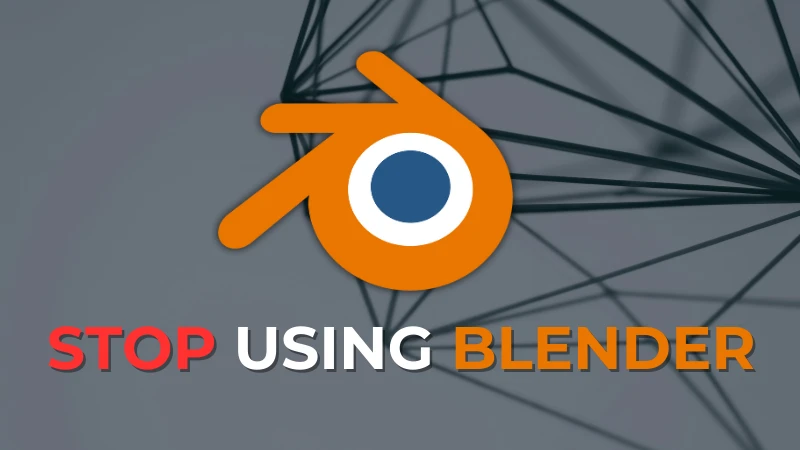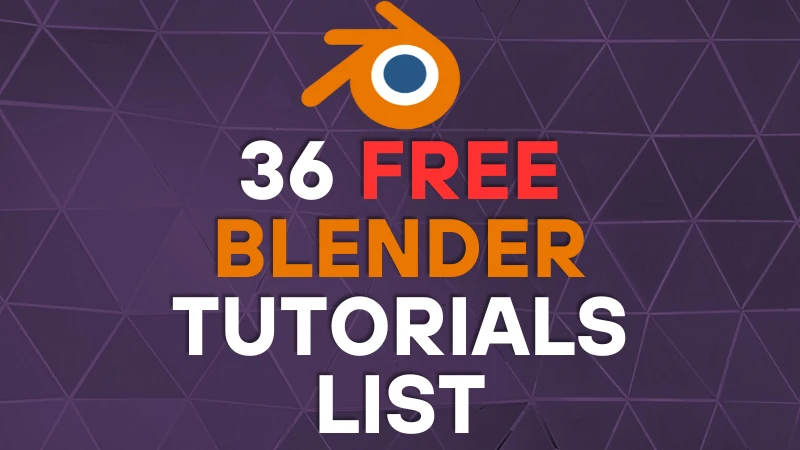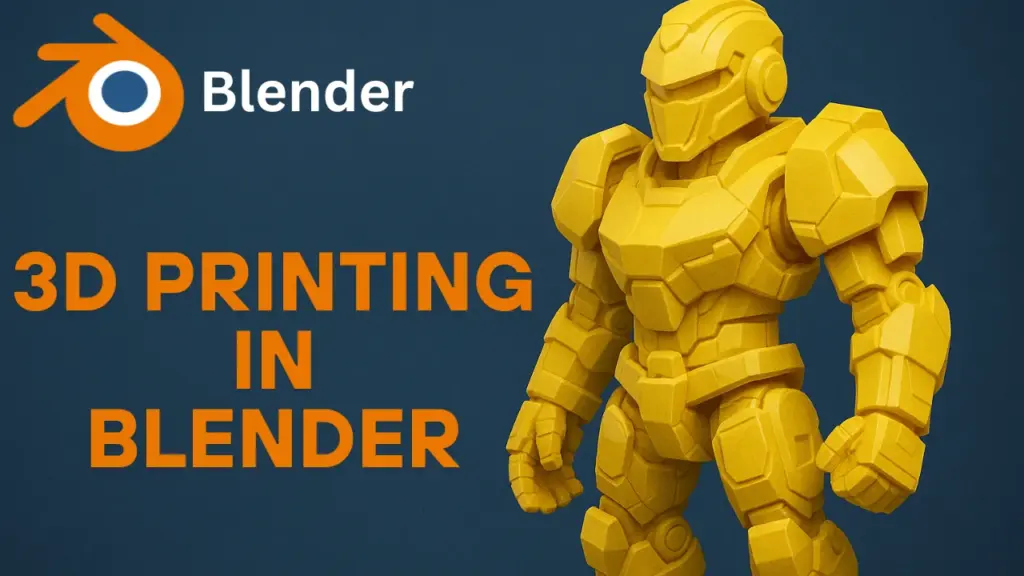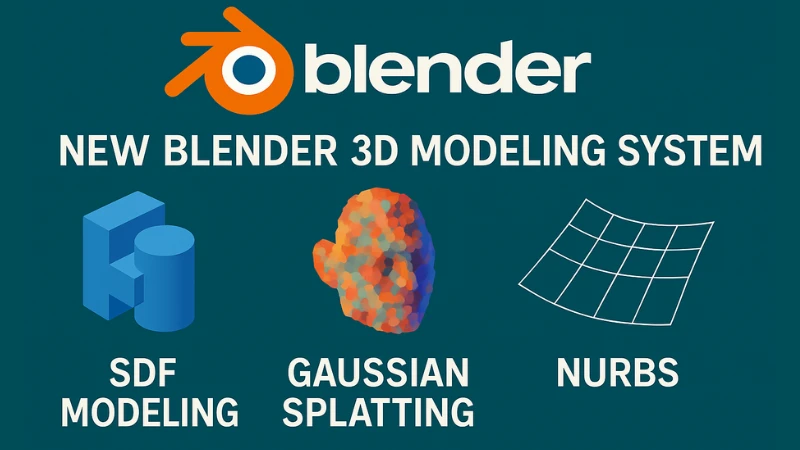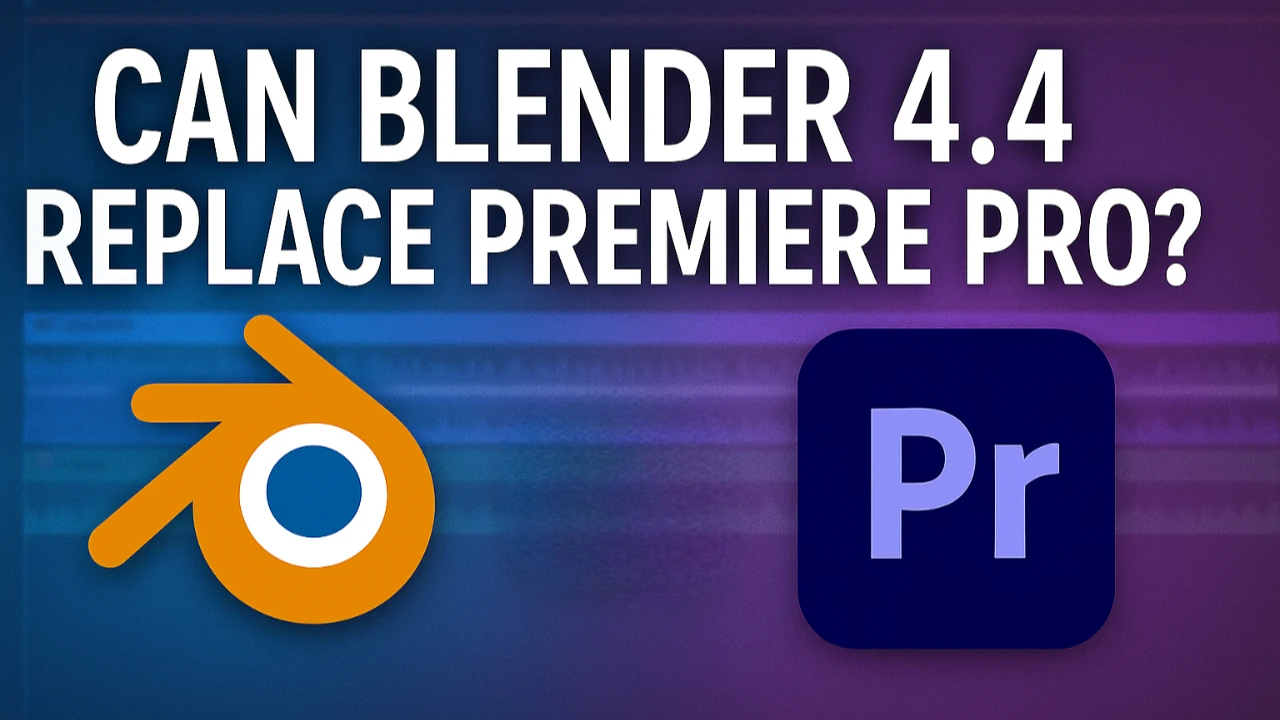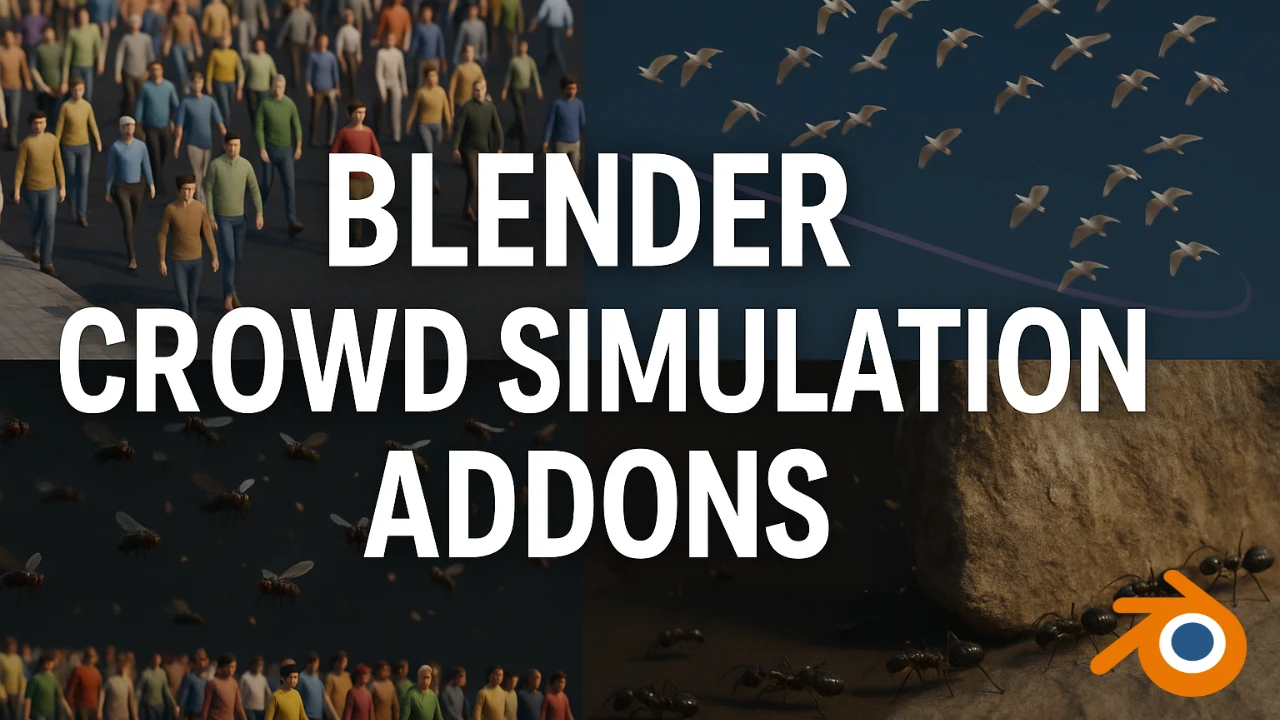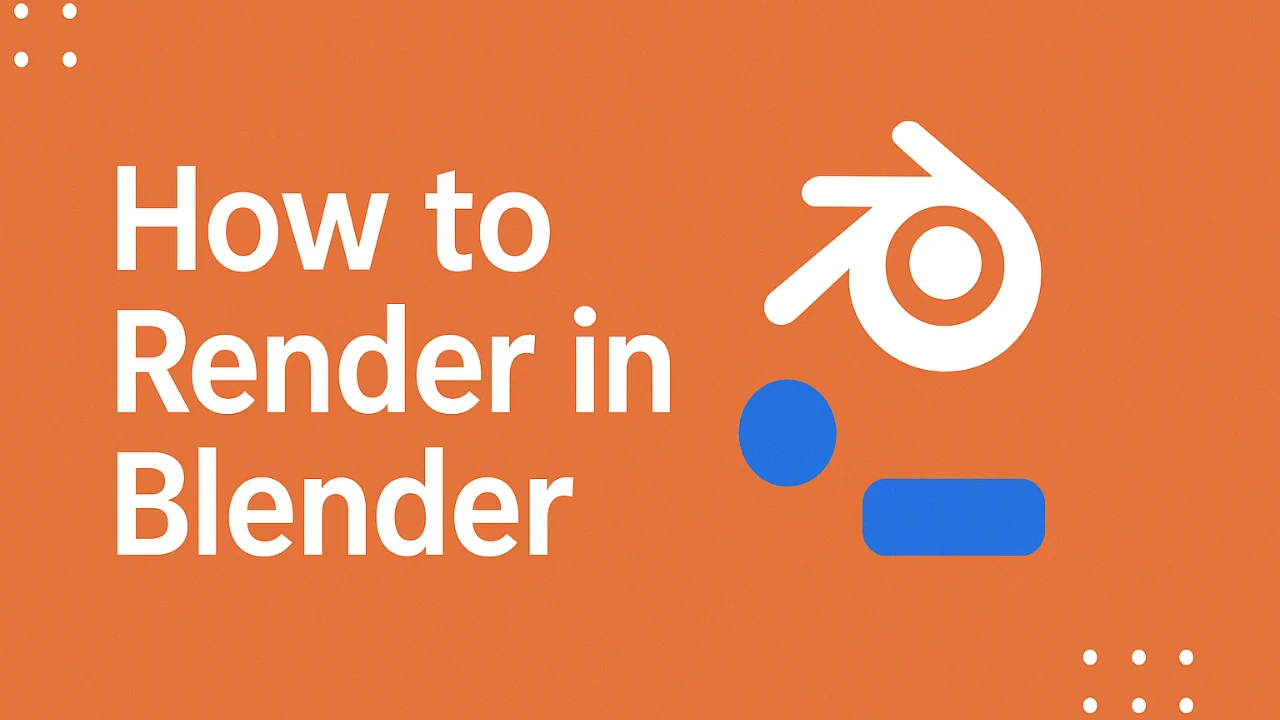Table of Contents
Why do studios hate Blender? I mean, if you look at the most used 3D software, Blender is by far the most popular. So what is it about it that they don’t like?
Blender is fast, intuitive, and it’s got tons of support and add-ons that improve its functionality. So why choose to spend thousands of dollars on other programs when Blender is so good? Do studios know something about these other programs that the average 3D artist doesn’t?
The surface-level answer to this question is really obvious, but if we truly want to understand why studios choose to ignore Blender, we need to dig a little bit deeper.
A Brief History of Blender
Blender was first released in 1994, but that was not the Blender that is known today. The open-source Blender that everyone uses now was released in 2002. There was a whole ownership battle between the creator and the investors who wanted to keep Blender paid, but eventually, the creator won and Blender was made open source.
However, when it was released to the public, it was already outclassed by other programs like Maya or 3ds Max that were already being used by professionals. It was only really in the past few years that Blender has become viable for professional work.
Why Blender Wasn’t Considered Before
That means that during the 2000s, when CGI became cheaper than practical filmmaking for most projects, Blender wasn’t even an option. From 2002 all the way up to 2019 when Blender 2.8 was released, it really wasn’t that viable for professional productions at all. It was slow, had no support, and was difficult to modify with add-ons because all the major add-on and plugin developers were focusing on plugins for the big four.
Major Advancements That Made Blender Competitive
With Blender 2.8 came a new user interface that is more friendly to new artists. They improved scene updates, which made Blender more responsive. They added Eevee, Blender’s real-time render engine. They added Grease Pencil for 2D animators and the collection system used today.
This update was a huge leap forward. Since then, massive updates like Cycles X, light linking, and geometry nodes have been introduced. In the last 5 years, Blender has improved dramatically.
With the improvements to Blender also came new support from the community, a massive wave of Blender users who picked up the program by watching YouTube tutorials. All of these improvements left people wondering why studios still choose to spend thousands of dollars on other programs when Blender is free.
The Studio Perspective: Cost vs Transition Loss
To answer that question, put yourself in the shoes of a visual effects supervisor. You work at a large visual effects house — say, WETA — and spend $180,000 per year to kit out your team of 100 artists with their choice of Maya, 3ds Max, Cinema 4D, or Houdini depending on their role.
Switching to Blender would save $180,000 per year — seems like a no-brainer, right? Well, not at all.
According to ZipRecruiter, the average salary of a visual effects artist working in a studio is $15,9000 per year in the US. Let’s assume each person takes two full months of full-time work to reach the same expert level in Blender that they had with their old program. Just in lost time, you would lose $1.765 million — enough to pay for almost 10 years of subscriptions for your whole team.
This example makes a lot of assumptions, but it gives a feel for the sort of considerations that these studios have to make.
The Technical Limitations of Blender for Studios
This doesn’t even factor in the most important detail: Blender is worse.
Blender is a jack-of-all-trades program, and while it is in some ways better on an individual level, having Maya for animation, 3ds Max for modeling, and so on makes for better efficiency and quality.
At the highest level of production, it’s kind of garbage — especially when considering studios spend hundreds of millions on feature films. So what’s an extra $100,000 to get the best-in-class VFX software?
Why Studios Using Blender Is Unlikely
Those are some obvious considerations and explain why Blender is not the industry standard right now. But the next reason explains why Blender will never be industry standard.
Bulk Licensing and Business Incentives
Studios looking to pick up a Maya subscription for 100 3D artists are essentially buying in bulk. They’re spending a ton of money, and Autodesk wants to keep them happy to ensure long-term payments. Bulk discounts are everywhere.
For instance, in retail, if a customer buys an entire roll of pond liner instead of a small piece, they might get a 10% discount. But physical product costs limit the discount margin.
Autodesk, however, isn’t selling a physical product — more users don’t cost them more. That means they can discount however much they need to make the sale.
It wouldn’t be surprising if a studio like WETA had a deal with Autodesk to license software for 1,000 employees over 10 years at a 50% discount. That’s a win-win. Autodesk secures a client; WETA saves millions.
Premium Support for Large Clients
Autodesk is incentivized to keep major clients happy. If WETA has an issue with 3ds Max, they get support from the Autodesk team.
While Autodesk offers support to all users, there are many cases of individuals reporting they were ignored. Losing one user is fine. Losing a multi-million-dollar account? Not so much.
This widens the divide — Indie studios and individuals often go with Blender, while large studios continue with premium, supported software.
Studios and Risk Aversion
After all of that, why do studios hate Blender? They’re basically saying, if it ain’t broke, don’t fix it. Why stop using programs that are already working so well and risk switching to an unknown like Blender? That’s a big risk — and studios hate risk.
So even though Blender is powerful and cost-effective, it’s unlikely to become the industry standard anytime soon.
Big Studio Advantages Over Indie Artists
Blender is obviously worse for studios that have access to nearly infinite resources.
In an interview with Corridor Digital, Kelly Port of Digital Domain — one of the largest visual effects houses — revealed they had created a full 4-square-mile digital environment. Studios like this have access to thousands or even millions of assets.
Bridging the Gap: BlenderKit
There is an add-on inside Blender that’s made a huge difference in bridging this gap — BlenderKit. It’s used by thousands of 3D artists.
It offers 13,000 free 3D models. With a subscription, users get access to 38,000 models and 14,000 materials.
These assets can speed up workflow and make scenes look more professional. But use them wisely — don’t just drop assets into a scene and call it original work.
FAQs About Studios Using Blender
Q1: Why do studios prefer software like Maya or 3ds Max over Blender?
Studios use these programs because they have been industry-standard for years, offer better support, and provide specialized tools tailored for different production pipelines.
Q2: Is Blender not powerful enough for studio work?
Blender has significantly improved, but in high-end productions, tools like Maya and Houdini still offer more refined and efficient workflows.
Q3: Can Blender be used in a studio environment?
Yes, but transitioning to Blender can be costly in terms of training and pipeline changes, which is why most large studios avoid it.
Q4: Are there any big studios currently using Blender?
Some small or Indie studios use Blender, but most major studios still rely on Autodesk and other proprietary tools due to legacy systems and professional support.
Q5: What makes BlenderKit important for independent artists?
BlenderKit provides access to a huge library of models and materials, helping Indie artists speed up production and match studio-level quality.
